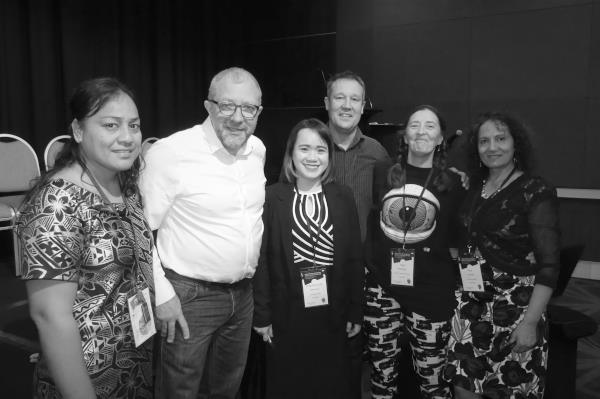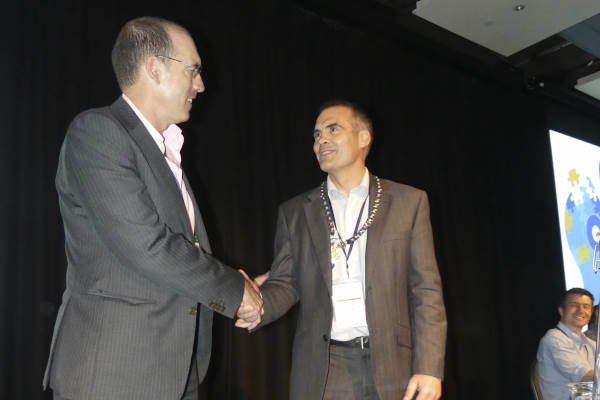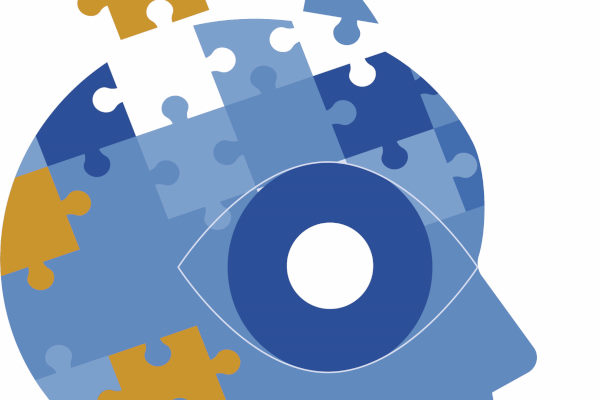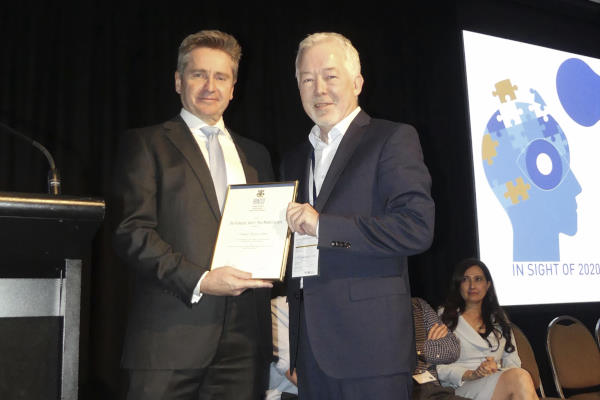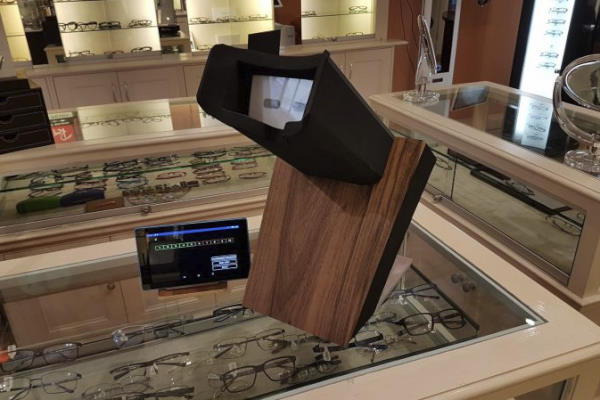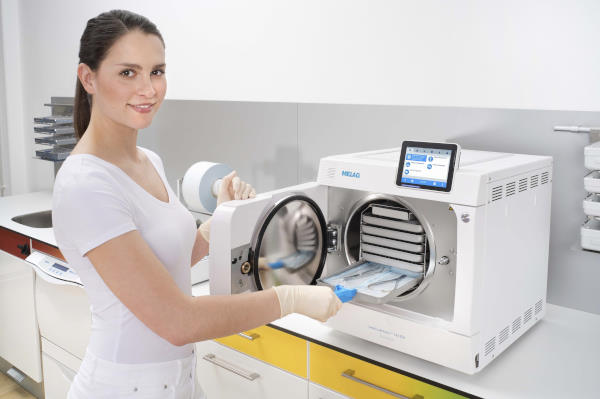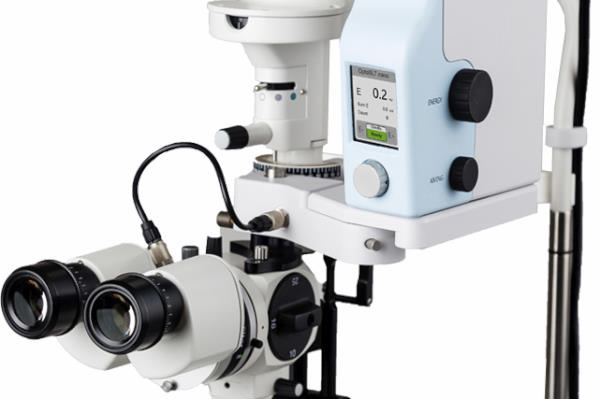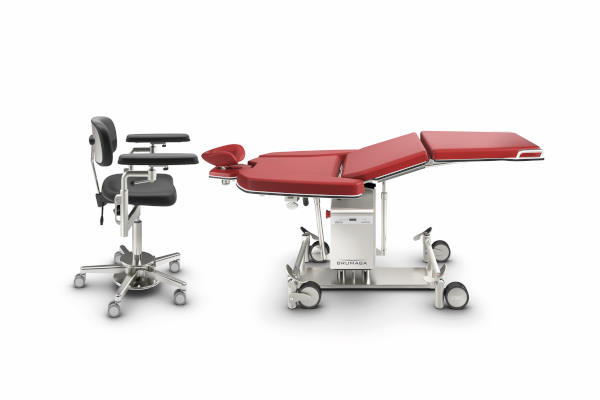Nurses, championing diversity in collaboration
The annual ophthalmic nurses meeting, held in conjunction with the RANZCO New Zealand Branch conference, took place at the Pullman Hotel in Auckland this May.
The theme for the 2019 meeting was, In sight of 2020: a brave new world or a world in crisis? Collaboration, working smarter, applying technology and tackling the patient tsunami together. Given the auspicious date next year to ophthalmic people the world over (well, those in the metric part of the world at least), it was a well-chosen theme as we look towards the challenge of managing an increasing number of people with eye-related conditions.
Certainly, collaboration was evident in the nurses’ conference with a diverse field of speakers representing nurses, ophthalmologists, optometrists, scientists and technicians, plus low vision champions from Glaucoma NZ and Macular Degeneration NZ. Speakers were also geographically diverse, coming to Auckland from all parts of New Zealand and further afield, including Kiribati and England.
The keynote guest speaker for this year’s nurses meeting was John Cooper, an advanced nurse practitioner specialising in oculoplastics from the Manchester Royal Eye Hospital. John gave many inspiring talks, particularly around his role in minor operations and in setting up a nurse-led temporal artery biopsy service, where he manages his own theatre list on a Wednesday afternoon and which has helped cut the waiting times for this procedure. He also gave an insightful talk on the patient experience with enucleation and exenteration, and the important role nurses have walking the journey with the patient from diagnosis to prosthesis.
Sue Raynel gave a moving tribute to Janet Marsden who sadly passed away in May 2018. Janet was professor of ophthalmology and emergency care at Manchester Metropolitan University and had attended and supported many previous ophthalmology nurses’ conferences in New Zealand. A huge loss to nursing and ophthalmology; Janet you will be sorely missed, but never forgotten.
Other moving talks were provided by our Pacific colleagues, Bridgit Tarkap discussed ocular injuries and treatment in Kimbe Eye Clinic in Papua New Guinea, while Teuota Angirerei-Farran discussed how the eye health team made the most of the little resources they had in the islands of Kiribati, piggybacking on other health provider trips to often hard to get to islands. Both were supported in their work and their visit to New Zealand by the Fred Hollows Foundation.
Professor Colin Green’s talk on the inflammasome pathway and its relationship with chronic diseases such as glaucoma, diabetic retinopathy and geographic atrophy in macular degeneration was thought provoking, particularly given this pathway is implicated in other systemic conditions such as Alzheimer’s, multiple sclerosis and Parkinson’s to name but a few. Fingers crossed this may lead to treatment (can we hope for prevention!) of the abovementioned diseases. Following in this vein was a plenary presentation by Professor Helen Danesh-Meyer on The Optic Nerve: Challenging the Dogma highlighting the interplay between neurodegeneration and the inflammasome pathway in relation to glaucomatous disease.
It was pleasing at this year’s conference that there were a number of presentations from our theatre colleagues that dealt with issues from severe sterile inflammatory reaction following intraocular surgery through to a novel app-based programme that looks at improving theatre productivity, cost and the carbon footprint of cataract surgery.
Toxic anterior segment syndrome (TASS) - a rare and potentially devastating inflammatory reaction that normally occurs 1-2 days following intraocular surgery - was tackled by Simon Auty from Wellington. Simon’s message was on the importance of careful and thorough instrument cleaning to reduce the risk of TASS occurring. Alyssa Hardy’s talk on the app, Eyefficiency Cataract, used to assess cataract surgery at the Central Day Stay Theatre in Rotorua, neatly incorporated the conference theme of applying technology and working smarter through recording the duration of surgery as well as the amount of waste per procedure generated. While Fiona Bamforth, a nurse practitioner from Whangarei, shared her goals in learning YAG capsulotomies in Northland to improve patient workload and wait times.
There were also some excellent paediatric presentations by our medical and orthoptist colleagues. What stood out for me was the presentation by Dr Rasha Altaie on the current and future burden of myopia - 2.5 billion worldwide with an increasing prevalence in the younger generation - an epidemic that is definitely a public health concern. Environmental as well as genetic factors appear to be causative and the key message is for young people to get outside more and spend less time on their devices.
Plus, there was a plethora of fascinating case studies and ophthalmic issues presented, all with their own education pearls to takeaway. Brigiette Bartoces tackled sympathetic ophthalmia, pointing out that this was something Louis Braille is believed to have suffered; Amy Hurrell reviewed the importance of botox in today’s eye clinics; and I shared an ocular hypertensive uveitis case from my uveitis clinic in Auckland. Uveitis can be complicated enough in its own right, but paired with ocular hypertension it can make management rather tricky, evidenced with this case which took more than 39 clinic visits to sort out! Take home message: involve your glaucoma and uveitis specialists early if there are any signs of non-responsiveness to antihypertensive treatment.
The nurse’s programme concluded with a presentation by Olga Brochner, a clinical nurse specialist from Greenlane, who kept the audience enthralled with her trademark humour, drawing parallels between the theme of Brave New world and Shakespeare’s The Tempest.
All in all, it was an excellent conference with great presentations and wonderful learning and networking opportunities. The parting message though was a challenge to all New Zealand ophthalmic nurses to think about presenting at future conferences. You never know, there might even be a financial reward for ‘best in show’ - watch this space!
David Garland is an Auckland-based ophthalmic nurse practitioner and a speaker at this year’s nurses’ meeting.
Article includes additional reporting by Lesley Springall and Dr Pragnya Jagadish










